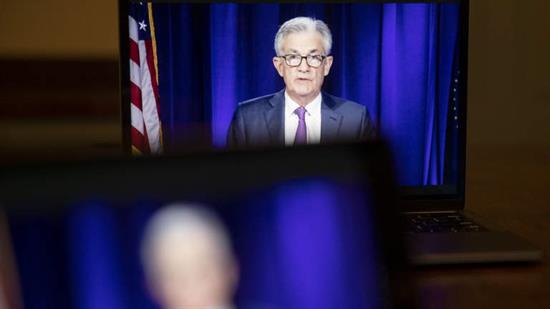Digital central bank money is approachingIn recent weeks, both the European Central Bank, the US Federal Reserve and the Central Bank of the Banks have issued reports on digital central bank money, writes Lasse Meholm in EY Tax & Law.
Washington,
October 20, 2020
Digital central bank money is approaching
Finansavien 10/20/2020 The financial war between the United States and China is escalating. It is not at all impossible that geopolitical tensions fuel new digital money, whether it is in the form of digital central bank money or completely private digital money such as libra. Over the past four years, the balance of power between China and the United States has increased by 25 percent in China's favor. While covid-19 has led to a weakening of the US economy by about 9 percent, the Chinese economy has grown by almost the same in the last quarter alone. According to CNBC, the Chinese economy is expected to rise by 5.2 percent in 2020. While the US Federal Reserve has an interest rate close to zero, the interest rate in China is 3.85 percent. It is not at all inconceivable that the geopolitical tensions will give energy to new smart digital money faster than expected. China launched its digital central banks money (e-RMB) in April this year to a limited part of the population Something is about to happen. Congressmen French Hill and Bill Foster wrote a letter to US Federal Reserve Chairman Jerome H. Powell on September 30, 2019. The first sentence reads "As you know, the characteristics of money are changing." The letter was written weeks after China had launched the idea of digital central bank money and Facebook had launched libra. China launched its digital central banks money (e-RMB) in April this year out to a limited section of the population with a few tens of millions of inhabitants. In August, just over 8,000 shops, restaurants and taxis accepted this new digital money as means of payment. This could give China a huge advantage in international trade if used in global trade instead of US dollars. In recent months, several ATMs have sent digital central bank money out to the population and the business community. First it was the East Caribbean Central Bank, then came the Marshall Islands, and on October 20, it was the Bahamas' turn. In addition, Singapore, Switzerland and Cambodia have been added to the "soon" list. Common to all these projects is that the money becomes programmable, they are based on tokens , they become smart, completely digital, cheap to operate and efficient. The new digital money that has been launched so far is so-called token money. In addition, transactions can be programmed to make money smart. Token money works differently than the digital account money you and I use today. First, they use a form of DLT (Distributed Ledger Technology) that makes payments faster, cheaper and more secure. Each digital note has a unique serial number, and each transaction is stamped with a time stamp. This makes the entire economy clearer for both individuals, companies and not least the authorities. In addition, the money can be programmed. An example is a home buyer who during viewing suspects that the floor in the shower is not tight. The person in question can pay in the form of a smart contract where the seller does not receive the money until an appraiser has verified that the floor is tight. The seller has secured the money (a form of mortgage) when the appraiser verifies, as the smart contract cannot be changed. The impact of smart digital money could be a flood of new financial services. |



